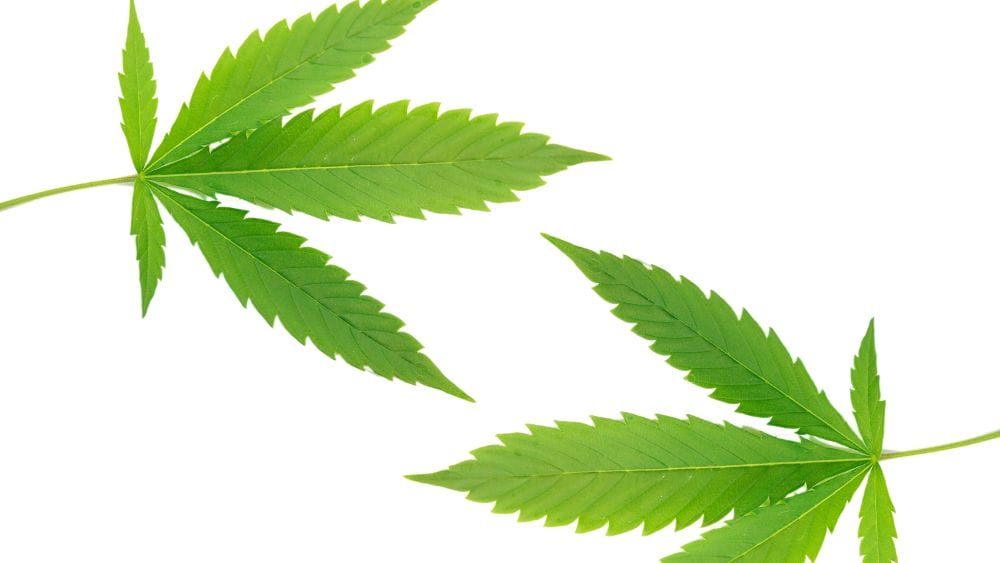Delta 8 vs Delta 10

Delta 10 and Delta 8 have garnered significant attention from cannabis enthusiasts and researchers alike. In this comprehensive article themed as Delta 8 vs Delta 10, we examine the definitions of Delta 8 and Delta 10, uncover their similarities and differences, and contemplate the future that lies ahead for these cannabinoids.
Delta 8 vs Delta 10: Definitions
To understand the nuances of Delta 8 vs Delta 10, we need to explore their definitions. Delta 8 and Delta 10 are two distinct variations of THC (tetrahydrocannabinol), the primary psychoactive compound found in cannabis plants. These compounds differ slightly in their molecular structures, which leads to variations in their effects when consumed.
Delta 8-THC, or Delta 8 for short, is an isomer of Delta 9-THC, the most well-known and abundant form of THC found in cannabis. Delta 8 is chemically similar to Delta 9 but has a double bond on the 8th carbon chain instead of the 9th, resulting in slightly different effects.
Delta 10-THC, or Delta 10 (Delta-10-tetrahydrocannabinol (Δ10-THC)) , is a less well-known variant of THC that has gained attention in recent years. It is a rare cannabinoid that occurs in trace amounts in certain cannabis strains. Delta 10 shares structural similarities with Delta 8 and Delta 9 but possesses its own distinct characteristics.
Delta 10 THC is often synthetically produced through a chemical conversion process. Unlike naturally occurring cannabinoids, such as Delta 8 and Delta 9, Delta 10 is typically not found in significant quantities in cannabis plants. Instead, it is derived from other cannabinoids, primarily CBD or Delta 9 THC, through various chemical reactions.
Similarities between Delta 8 and Delta 10
While Delta 8 and Delta 10 have their individual identities, they also share some commonalities. Both compounds are forms of THC, which means they can provide psychoactive effects. Genereally, Delta 8 is known for its milder high compared to the more potent Delta 9-THC.
Delta 8 and Delta 10 exhibit potential therapeutic properties, similar to other forms of THC. They may possess analgesic, anti-inflammatory, and antiemetic properties, making them subjects of interest in the medical field. However, it's essential to note that more research is required to ascertain the precise therapeutic applications and potential of these compounds.
- Delta 8 & Delta 10: Potential psychoactive, analgesic, anti-inflammatory & antiemetic properties.
Legal Status
The legal status of Delta 8 and Delta 10 varies and depends on the jurisdiction. In some regions, Delta 8 and Delta 10 derived from hemp, containing less than 0.3% Delta 9-THC, may be considered legal under certain circumstances. This is often due to specific legislation or regulatory frameworks that distinguish between hemp-derived cannabinoids and those derived from marijuana. However, it is crucial to note that laws surrounding Delta 8 and Delta 10 are not consistent globally, and they can differ between countries and even within different states or regions within a country. For example, Delta 8 has been already banned in several states. The decision to ban Delta 8 in these states was driven by concerns about its psychoactive properties and potential regulatory gaps.
Delta 8 vs Delta 10: What are the differences?
While Delta 8 and Delta 10 share some commonalities, there are notable differences that set them apart. One significant distinction lies in their effects. Delta 8 is often described as delivering a milder and more balanced psychoactive experience, characterized by relaxation, mental clarity, and a subtle high. On the other hand, Delta 10 is believed to provide a more energizing and stimulating experience, potentially uplifting mood and promoting creativity. Some users described their experience similar to that of sativa strains (less anxiety & paranoia).
- Delta 8: Potentially more balanced, subtle psychoactive experience.
- Delta 10: Potentially more energizing and stimulating psychoactive experience.
As mentioned above, another difference between Delta 8 and Delta 10 lies in their abundance within cannabis strains. Delta 8 is typically found in higher quantities, as it occurs naturally in cannabis plants in more significant levels than Delta 10.
What is the future of Delta 8 and Delta 10?
As the cannabis industry continues to evolve, the future of Delta 8 and Delta 10 appears promising. These compounds have attracted attention for their unique properties, and ongoing research aims to unravel their full potential.
The future may also bring changes in regulations surrounding Delta 8 and Delta 10. As these compounds gain recognition and popularity, governments and regulatory bodies may enact specific guidelines to ensure consumer safety and product quality. This could lead to increased accessibility to Delta 8 and Delta 10 products, expanding options for those interested in exploring the unique effects of these cannabinoids.
Moreover, the commercial potential of Delta 8 and Delta 10 is also on the rise. Companies are increasingly recognizing the demand for these cannabinoids, resulting in the development of a wide range of products.
However, as mentioned throughout this article, it is crucial to note that further research is needed to fully understand the long-term effects and potential risks associated with Delta 8 and Delta 10. As with any cannabinoid, responsible use and moderation are key factors to ensure a safe and enjoyable experience.
MOUNTAIN Smokes®
ZERO TOBACCO. ZERO NICOTINE. Premium Organic Full-Flower Hemp Smokes.
 SHOP MOUNTAIN SMOKES
SHOP MOUNTAIN SMOKES Made in the USA
Made in the USA Satisfaction Guaranteed
Satisfaction Guaranteed SSL Secure Checkout
SSL Secure Checkout


